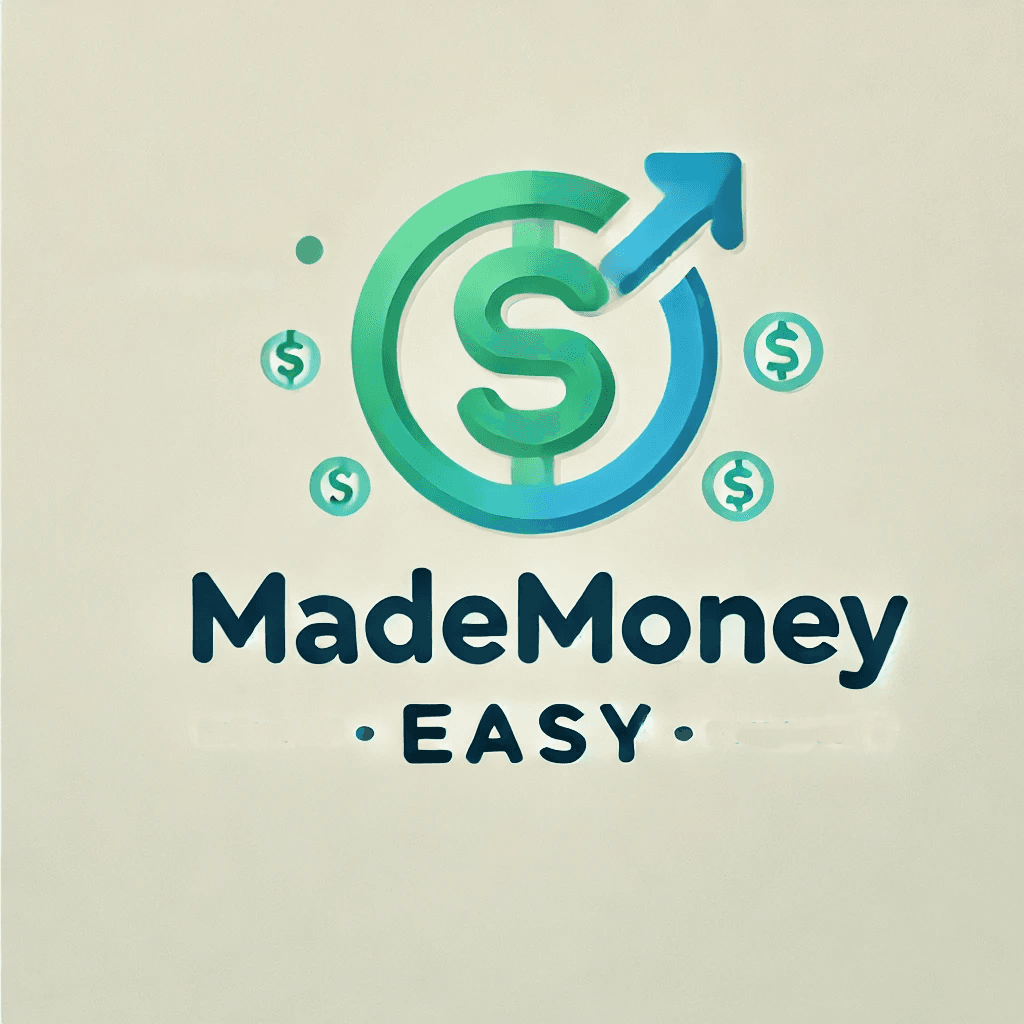What is Opportunity Cost and How to Calculate It? Simple Examples and Formula

Table of Content
- What Is Opportunity Cost?
- A Simple Example of Opportunity Cost
- Why Does Opportunity Cost Matter?
- How to Find Opportunity Cost
- What Is the Formula for Calculating Opportunity Cost?
- How Do You Calculate Cost Per Opportunity?
- Expected Opportunity Cost: What Does It Mean?
- Opportunity Cost in Everyday Life
- Example 1: Choosing a Job
- Example 2: Time Management
- Example 3: Starting a Business
- Tips for Evaluating Opportunity Cost
- Open-Ended Decisions
What Is Opportunity Cost?
Opportunity cost is a simple but powerful concept that can help us make better decisions in everyday life. It means the value of the next best thing you give up when you make a choice. Whether you're deciding how to spend your time, money, or resources, there’s always a trade-off.
A Simple Example of Opportunity Cost
Imagine you have $10, and you’re hungry. You could buy a pizza or a burger. If you choose the pizza, your opportunity cost is the burger you didn’t get to enjoy. Why? Because that was the next best option you gave up.
Opportunity cost isn’t just about money. It’s about anything of value, including time, energy, or even happiness. For example:
- If you spend an evening watching TV, the opportunity cost might be the workout you skipped.
- If you save money instead of buying a new phone, your opportunity cost is the phone you didn’t purchase.
Why Does Opportunity Cost Matter?
Understanding opportunity cost helps you make smarter choices. It pushes you to think about trade-offs and prioritize what’s truly important. This is especially helpful when resources are limited, like time or money.
Think of it like this:
- Every choice has a cost.
- Knowing the cost helps you decide if the choice is worth it.
How to Find Opportunity Cost
The good news? Calculating opportunity cost is straightforward once you understand the basics.
What Is the Formula for Calculating Opportunity Cost?
Here’s a simple formula:
Opportunity Cost = Return on the Best Foregone Option - Return on the Chosen Option
Let’s break it down with an example:
You have two investment options:
- A savings account offering a 5% return.
- A stock investment that could give you 8%.
If you choose the savings account, your opportunity cost is the 3% extra return you would have earned from the stock investment.
How Do You Calculate Cost Per Opportunity?
Sometimes, people talk about "cost per opportunity," especially in business or marketing. It’s about understanding the cost of creating or pursuing a new chance. The formula is:
Cost Per Opportunity = Total Cost / Number of Opportunities
For example, if you spend $1,000 on advertising and get 100 new leads, the cost per opportunity is $10.
Expected Opportunity Cost: What Does It Mean?
Expected opportunity cost considers the potential outcomes and their probabilities. It’s useful when making decisions under uncertainty. The formula is:
Expected Opportunity Cost = (Probability of Outcome A × Value of Outcome A) + (Probability of Outcome B × Value of Outcome B)
Here’s an example:
You’re deciding between two projects:
- A low-risk project with a guaranteed $1,000 return.
- A high-risk project with a 50% chance of earning $2,500 or nothing.
The expected opportunity cost of choosing the low-risk project is:
(0.5 × $2,500) + (0.5 × $0) = $1,250
So, by choosing the low-risk project, you give up an expected $1,250.
Opportunity Cost in Everyday Life
Opportunity cost isn’t just for economists or businesses. It applies to everyone, every day. Let’s explore some real-life scenarios:
Example 1: Choosing a Job
You’re offered two jobs:
- Job A pays $50,000 but is closer to home.
- Job B pays $60,000 but requires a longer commute.
If you pick Job A, your opportunity cost is the extra $10,000 salary from Job B. But don’t forget to factor in other costs like time, gas, and stress from commuting.
Example 2: Time Management
Imagine you have two hours free. You can either:
- Study for an exam.
- Work a part-time job for $20/hour.
If you choose to study, your opportunity cost is the $40 you could have earned. But if studying improves your future career, it might be worth more than $40 in the long run!
Example 3: Starting a Business
Starting a business often requires giving up a steady job. The opportunity cost is the stable income you leave behind. But if your business succeeds, the potential gains could outweigh the cost.
Tips for Evaluating Opportunity Cost
Here’s how to make better decisions using opportunity cost:
- Identify Your Options: Write down all the choices you’re considering.
- Compare Values: Think about what you’ll gain and lose with each choice.
- Think Long-Term: Some costs and benefits aren’t immediate.
- Be Honest: What do you truly value? Money, time, or something else?
Open-Ended Decisions
Opportunity cost teaches us that every choice has a trade-off. But not all trade-offs are easy to calculate. Sometimes, the value of an opportunity is emotional or personal, like spending time with family or pursuing a passion.
So, next time you face a decision, ask yourself: What am I giving up, and is it worth it?
What’s your biggest opportunity cost story?
